Nautical sector
Risks and safety in shipyards
Occupational illnesses are often considered insidious because they are invisible in the immediate future. In fact, unlike accidents, they can occur even after years of employment.
Some occupational diseases of the respiratory system are specifically related to risk factors in the work environment, such as pneumoconiosis, while in other cases, workplace exposures contribute to the development or aggravation of respiratory diseases, such as chronic obstructive pulmonary disease (COPD), asthma or lung cancer.
Knowing your working environment is the basis for preventing occupational diseases.
Risks in shipyards
There are several hazardous situations on construction sites that could cause (or contribute to) respiratory diseases. The main ones are:
Handling of chemical agents
The most insidious risk related to the use of chemical agents is from exposures that may be relatively brief, but continuous over months and years.
The works that most often involve exposure to chemical agents are:
- Cleaning/preliminary surface treatment/painting
- Use of resins and their catalysts
- Grouting
- Painting
Exposure to dust/fibres/fumes
When we speak of dust, we refer to particulate material of varying grain size, which arises from operations such as grinding, sanding, brushing and cutting fibreglass. When we talk about fumes, we are still talking about particulate material: in welding, for example, metal vaporises and large quantities of particles are released into the air.
When particles are generated, there is always a risk that nanoparticles (0.001 μm 0.1 μm in diameter) will also be generated: their infinitesimal size means that they can creep between cells and tissues, causing biochemical damage. There is still no complete and thorough knowledge of the damage that can be caused by exposure to nanoparticles, but several studies have focused on the most common and frequent risk situations, including welding and painting. Other processes, where the generation of nanoparticles is unavoidable, are woodworking, sanding, grinding and in combustion processes.
Lastly, fibres are part of the same family of contaminants: here the most significant risk is posed by asbestos fibres, whose carcinogenicity is well known as they penetrate deep into the lungs, insinuating themselves into the alveoli where they remain indefinitely. Glass fibres also require attention: although not classified as carcinogenic, their effects on human health are irritative and inflammatory, such that they can promote degenerative processes.

PPE for each application
Production
During hull construction, resin coating and the application of Gel Coat and its catalysts are among the most sensitive operations. Resins, whether polyester, vinyl or epoxy, are all organic-based substances, from whose fumes one must protect oneself with half-masks combined with active carbon filters for organic gases and vapours complete with dust protection. In this case, for the same level of protection, there are two possible protective solutions: a half mask with integrated non-replaceable filters of type A2P3 (maintenance-free and to be replaced when the filters are exhausted), or a half mask with interchangeable filters of the same type (cheaper).
In the case of prolonged exposure, and especially given the need for eye protection, it may be preferable to use a full face mask, similarly with A2P3 filters.
In operations where particulate matter and particles are generated, such as carpentry work, a lightweight device, such as an FFP3 type filtering facepiece, preferably with adjustable elastic bands and full gasket to ensure a perfect seal, is a practical, lightweight and effective solution.
Maintenance
Sanding operations, manual or mechanical, obviously entail the need for adequate dust protection: an FFP3 filtering facepiece and a half mask with P3 filters offer similar protection, and the choice depends on the subjectivity of the individual. And it is again P3 type protection that must be used in the case of welding operations: in this case, however, the adoption of an FFP3 filtering facemask with active charcoal is preferred, to alleviate the annoyance of unpleasant odours.
For grouting, the use of a half-mask with type A filters is recommended, while a filtering facemask with activated charcoal can be opted for only for short-term operations, with therefore very limited exposure.
As far as painting is concerned, a practical and economical solution is to use a half mask with A2 filters (protection from organic gases and vapours), to which P2 prefilters can be combined, which can be replaced when clogged, extending the life of the gas filter. Another possibility is the practical semi-mask version with built-in A2P2 filters. Once again, however, the need to combine eye protection must be assessed: an extremely effective solution is a full face mask with a glass visor, which guarantees great resistance to the aggression of chemical agents and which implies that it can be cleaned with any type of solvent without being damaged. The mask must be fitted with an A2P3 filter.

For a more detailed selection guide and more information on protection in shipyards, we invite you to download our vademecum.

Stay informed
Stay safe.







